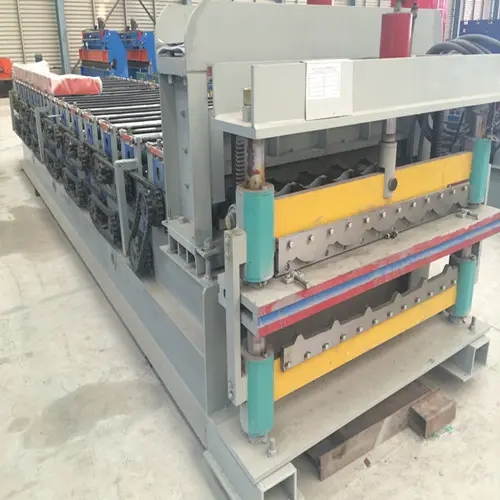
Stud and Track Keel Roll Forming An Overview
In the realm of modern construction and manufacturing, the demand for efficient, cost-effective, and robust structural components has never been higher. One innovative solution to meet these needs is the stud and track keel roll forming process. This technology plays a crucial role in the production of metal framing systems typically used in commercial and residential buildings.
The stud and track system consists of vertical members (studs) and horizontal members (tracks) that create a framework for walls, ceilings, and other structures. The roll forming process involves feeding a continuous strip of metal, often steel, through a series of rollers that shape it into a desired profile. The resulting product is not only strong but also lightweight, making it ideal for various construction applications.
Roll forming has several advantages over traditional manufacturing methods. For instance, it allows for high production speeds, meaning that manufacturers can produce large quantities of studs and tracks in a short period. Additionally, the precision of the roll forming process ensures that these components maintain consistent dimensions and shapes, which is critical for structural integrity and ease of assembly.

Moreover, the materials used in roll forming can be recycled, contributing to sustainable building practices
. The use of cold-formed steel, which is common in stud and track systems, results in less waste during production and contributes to eco-friendly construction projects.The versatility of the stud and track keel roll forming system allows it to be adapted for various building designs and specifications. Different profiles can be designed to accommodate specific structural needs, such as load-bearing capacities or aesthetic considerations. This flexibility is particularly valuable for architects and builders who are looking to innovate while adhering to safety and building code requirements.
Another key aspect of stud and track systems is their ease of installation. These components are lightweight and can be easily handled and fastened together, significantly reducing labor costs and time on job sites. Furthermore, the precision with which they are manufactured leads to fewer errors during installation, minimizing the need for rework and delays.
In summary, the stud and track keel roll forming process is a vital part of modern construction techniques. Its advantages—speed, precision, sustainability, versatility, and ease of installation—make it a preferred choice for manufacturers and builders alike. As the construction industry continues to evolve, the role of efficient manufacturing processes like roll forming is poised to grow, driving innovations that enhance both the quality and sustainability of our built environment.